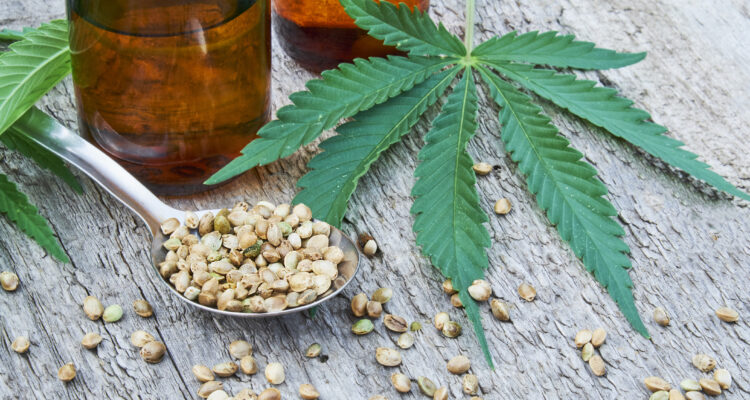Chronic pain is a common concern that affects people from all backgrounds, ranging from active athletes to those managing daily tasks. While many individuals often rely on over-the-counter medications for immediate relief, a growing number are turning to natural remedies as a viable alternative.
The Benefits of Going Natural
Opting for natural remedies for pain relief comes with numerous benefits. Many people favour these alternatives as they typically present fewer side effects than traditional medications. In addition, natural remedies enhance overall wellness by tackling not just physical discomfort but also mental and emotional health. This holistic approach fosters more effective and long-lasting pain management. When exploring options for natural pain management, many individuals find that the best CBD for joint pain relief can be an effective addition to their routine.
Exploring Herbal Remedies
Nature’s pharmacy is rich with herbs known for their pain-relieving properties. Here are a few noteworthy options to consider:
- Turmeric: This vibrant yellow spice, often found in Indian cuisine, is celebrated for its anti-inflammatory effects. It can be consumed in food, blended into smoothies, or taken as a supplement.
- Ginger: Beyond its culinary uses, ginger is a powerful anti-inflammatory herb. It’s often used to alleviate joint pain and muscle soreness. Fresh ginger can be sliced and steeped in hot water to create a soothing tea.
- Capsaicin: Found in chili peppers, capsaicin is known for its ability to relieve pain by desensitizing nerve receptors. It can be applied topically in creams or ointments to provide relief from conditions like arthritis.
The Healing Power of Aromatherapy
Aromatherapy, the practice of using essential oils for therapeutic benefit, has been embraced by many for pain management. Here are a few essential oils that are particularly effective:
- Frankincense: This ancient oil is often used for its anti-inflammatory and analgesic properties. It can be used in a diffuser to scent your living space or mixed with a carrier oil for topical application on painful areas.
- Chamomile: Known for its calming effects, chamomile can help relieve tension and stress, which may contribute to pain. It can be enjoyed as a tea or used in essential oil form for relaxation.
- Bergamot: With its uplifting scent, bergamot oil can help reduce stress and anxiety, indirectly alleviating pain associated with tension and emotional distress.
Movement and Mindfulness
Integrating gentle movement and mindfulness techniques into your daily routine can strengthen your pain relief approach.
- Tai Chi: This gentle martial art emphasises slow, intentional movements combined with deep breathing. Practicing Tai Chi can boost flexibility, alleviate stress, and promote overall wellness.
- Pilates: By strengthening core muscles and improving posture, Pilates can help alleviate back pain and enhance body awareness.
- Meditation and Mindfulness: Engaging in mindfulness can aid in pain management by redirecting your attention from discomfort. Methods like deep breathing and guided imagery can effectively foster a sense of tranquility and control.
Lifestyle Enhancements for Pain Relief
Beyond specific remedies, certain lifestyle choices can support your pain management efforts:
- Anti-inflammatory Diet: Adopting a diet rich in fruits, vegetables, whole grains, and healthy fats can reduce inflammation in the body. Foods like berries, fatty fish, and olive oil are particularly beneficial.
- Regular Hydration: Drinking enough water is crucial for overall health and can help reduce muscle cramps and fatigue, both of which can exacerbate pain.
- Quality Sleep: Ensuring you get sufficient restorative sleep is essential for the body’s healing processes. Establishing a soothing bedtime routine can enhance your sleep quality, which may subsequently reduce your pain levels.
Conclusion
Investigating natural remedies for pain management unveils a range of options for those looking for alternative solutions. With choices spanning from herbal treatments and essential oils to gentle exercise and lifestyle modifications, these methods can help you regain control over your pain.

